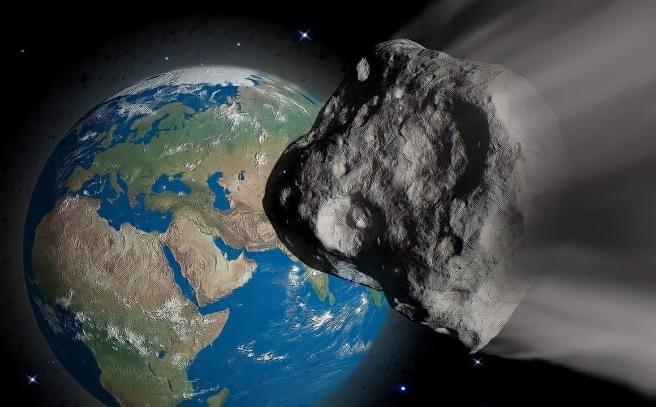
Asteroid 2021 JA5 is around the size of 81 bulldogs, the symbol of the college football team of the University of Georgia. But it won’t hit us – hopefully the Bulldog team will have better luck.
]]>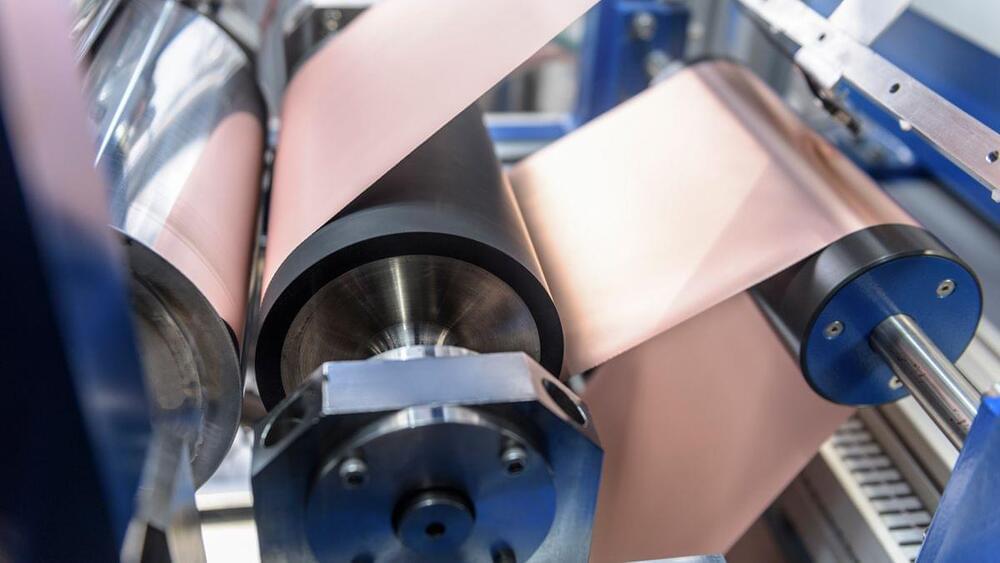
Electric vehicles use lithium ion batteries with small amounts of nickel, manganese and cobalt. How do they work and what chemistry affects their properties?
]]>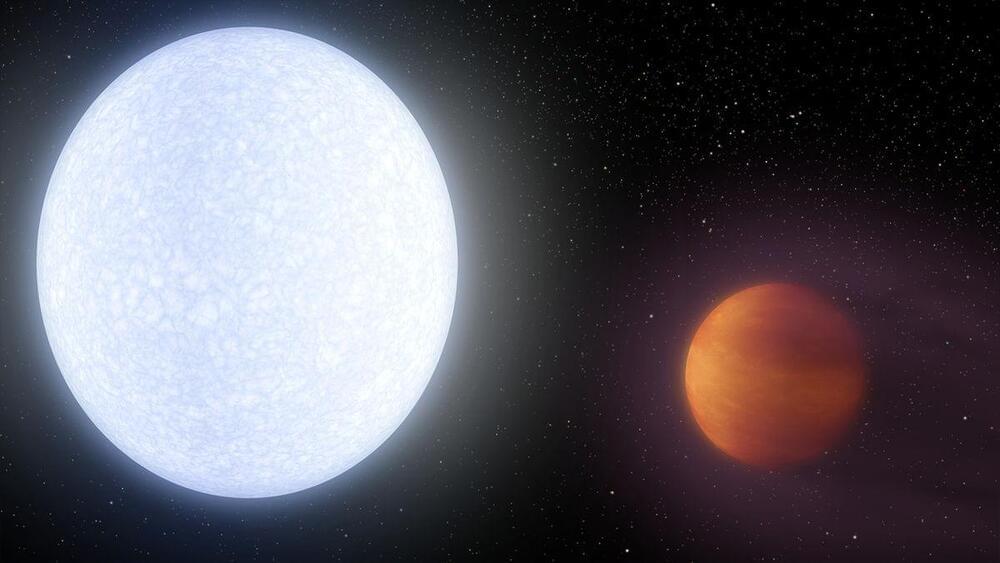
This Jupiter-size object is 80 times denser than a planet and hotter than the sun.
]]>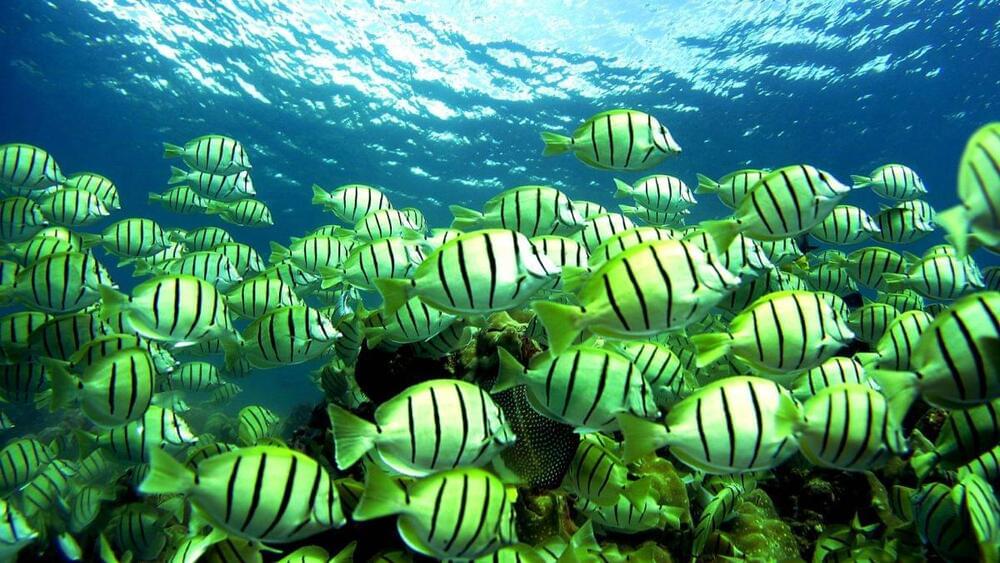
How much water a fish consumes really depends on how much salt is in its surrounding habitat. While fish do drink some water — salty or fresh, depending on their surroundings — through their mouths, they mostly absorb it through their skin and gills via osmosis.
“You’ve got to think of a fish as sort of a leaky boat in the water,” Tim Grabowski, a marine biologist at the University of Hawaii, told Live Science. “You constantly have a movement of either water or the salts that are in the water between the fish’s body and the external environment.”
]]>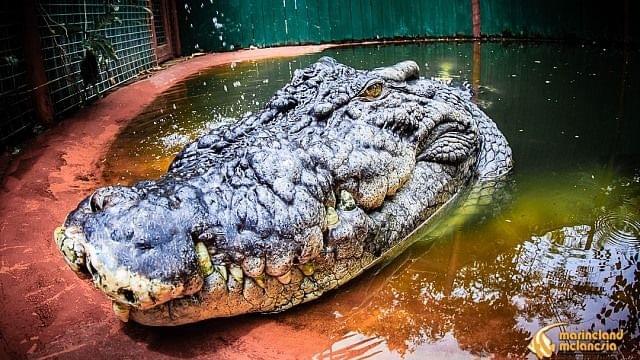
“There is no way of knowing Cassius’ actual age as he was born in the wild and the age is just an estimate,” Toody Scott, a crocodile keeper who looks after Cassius at Marineland Crocodile Park on Green Island, told Live Science in an email. The nearly 18-foot-long (5.5 meters) saltwater giant’s birthday “was essentially made up a few years ago” and this time of year is actually “the wrong time of year for a crocodile to be born in northern Australia,” Scott added.
In 1984, researchers captured the crocodile on a cattle ranch southwest of Darwin, Australia, after the ranch owners complained they were losing livestock. Even then, when Cassius was estimated to be between 30 and 80 years old, he was the biggest crocodile ever caught alive in Australia.
“He was 16 feet, 10 inches [5.13 m] with at least another 6 inches [15 centimeters] of tail missing and a bit of a snout missing,” Grahame Webb, a crocodile researcher who participated in the capture, told ABC News. “He was a big old gnarly crocodile then. Crocs of that size are not normal.”
]]>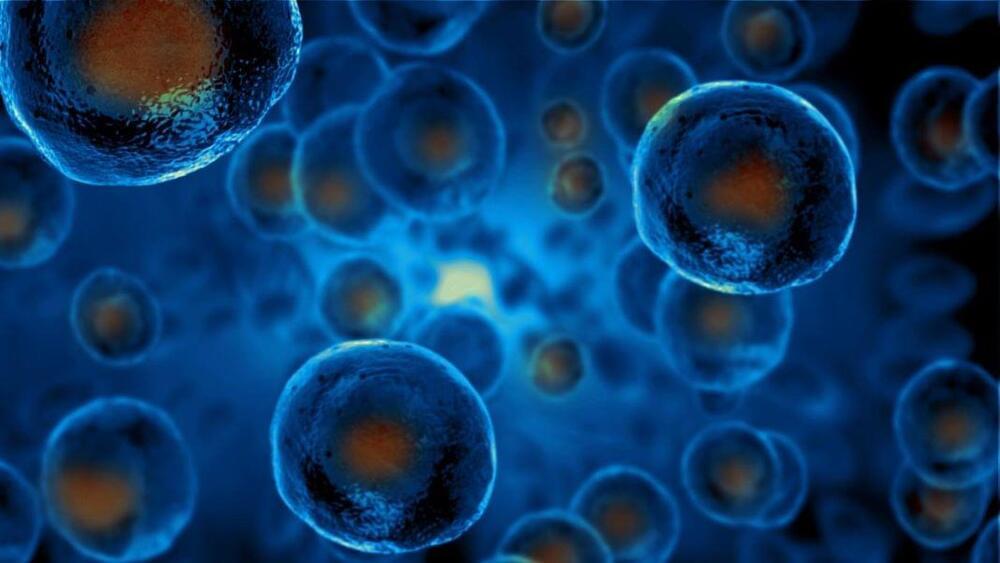
Eventually, these molecules probably evolved a lipid (fatty) boundary separating the internal environment of the organism from the exterior, forming protocells. Protocells could concentrate and organize better the molecules needed in biochemical reactions, providing a contained and efficient metabolism.
Life on Repeat?
Abiogenesis could have happened more than once. Earth could have birthed self-replicating molecules several times, and maybe early life for thousands or millions of years just consisted of a bunch of different self-replicating RNA molecules, with independent origins, competing for the same building blocks. Alas, due to the ancient and microscopic nature of this process, we may never know.
]]>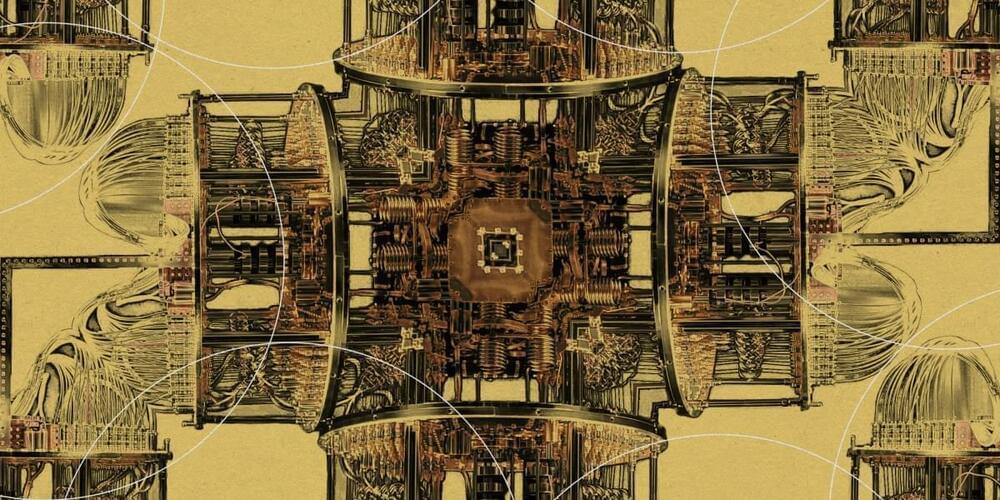
The company wants to make large-scale quantum computers a reality within just 10 years.
]]>Artificial intelligence has made remarkable progress in recent years, but can it help us talk to animals? Explore the possibilities and limitations of AI in communicating with other species.
]]>